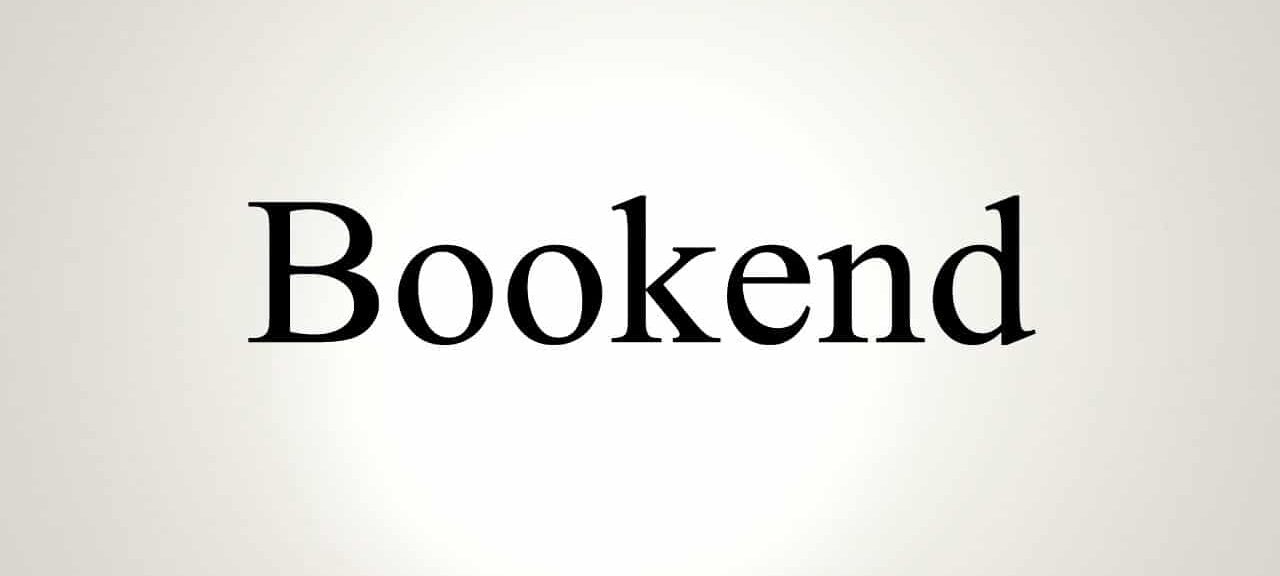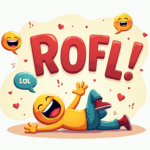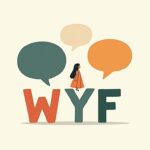Bookends are more than just those heavy objects keeping your books upright on a shelf. In the world of language and storytelling, “bookend” has taken on a whole new meaning, becoming a powerful tool for writers, speakers, and even in everyday conversation. Let’s dive into the fascinating world of bookends and uncover how this simple concept can add depth and structure to communication.
Key Takeaways:
- Bookends refer to similar elements at the beginning and end of something
- They’re used in literature, film, and everyday language
- Bookends create a sense of completion and highlight changes
- The term can be used literally or figuratively
- Understanding bookends can improve your communication skills
What Are Bookends?

Also read: CW Meaning
The Literal Definition
At its most basic, a bookend is a heavy object used to keep books upright on a shelf. These can be:
- Made of various materials like wood, metal, or marble
- Decorative or purely functional
- Sold in pairs to support both ends of a row of books
But that’s just the beginning of what bookends can mean.
The Figurative Definition
In language and storytelling, bookends are elements that appear at both the beginning and end of something, creating a frame for the content in between. This could be:
- Similar scenes in a movie
- Repeated phrases in a speech
- Matching events in a story
Bookends in Storytelling
Writers love using bookends to give their stories a satisfying structure. Here’s how it works:
- Set the Scene: The story opens with a specific situation or image.
- Tell the Tale: The main events of the story unfold.
- Come Full Circle: The story ends with a scene similar to the opening, but with key differences that show how things have changed.
For example, a story might start and end with the main character sitting on a park bench. At the beginning, they’re alone and sad. By the end, they’re with a friend and smiling. Same setting, different vibe – that’s a bookend in action!
Bookends in Everyday Language
You don’t have to be a writer to use bookends. They pop up in regular conversations too. For instance:
- “I started my day with coffee, and now I’m ending it with coffee. Talk about bookends!”
- “My first and last day of school were both rainy. Mother Nature gave my education some bookends.”
Using bookends in your speech can make your points more memorable and give your stories a neat structure.
Also read: DTM Meaning
Why Bookends Matter

Bookends aren’t just a fancy trick. They serve some important purposes:
- Show Change: By comparing the beginning and end, bookends highlight how things have changed.
- Create Satisfaction: They give a sense of coming full circle, which feels good to readers or listeners.
- Emphasize Themes: Repeating elements can reinforce the main ideas of a story or speech.
- Aid Memory: People are more likely to remember something with a clear beginning and end.
Bookends in Popular Culture
Bookends are everywhere once you start looking for them. Here are some famous examples:
- In the movie “The Shawshank Redemption,” the story begins and ends with a character arriving at Shawshank Prison.
- The TV show “How I Met Your Mother” uses the framing device of a father telling his kids a story, bookending each episode.
- Many speeches start and end with the same phrase or idea, creating a memorable bookend effect.
How to Use Bookends in Your Own Communication
Want to try using bookends yourself? Here are some tips:
- Start Strong: Choose an opening that’s memorable and relates to your main point.
- Keep It in Mind: As you speak or write, remember your opening.
- Come Back Around: Near the end, refer back to your opening in a way that shows progress or change.
- Practice: Like any skill, using bookends effectively takes practice. Keep trying!
Also read: ONS Meaning
Bookends and Internet Slang
Even in the world of internet slang, the concept of bookends can be useful. For example, you might use a term like LBVS (Laughing But Very Serious) at the beginning and end of a message to frame its tone. Or you could start and end a story with WTW (What’s The Word) to show how information has changed over time.
The Power of Bookends
Bookend Effect on Memory
- No Bookends: 20% recall
- Partial Bookend: 40% recall
- Full Bookend: 60% recall
This simple visualization shows how using bookends can significantly improve how well people remember your message. It’s a powerful tool for making your communication more effective.
Also read: NTM meaning
Conclusion
Bookends are more than just props for your bookshelf. They’re a versatile tool for structuring thoughts, stories, and conversations. By framing your ideas with bookends, you can make your communication more memorable, impactful, and satisfying for your audience.
Whether you’re writing a story, giving a speech, or just chatting with friends, try using bookends to give your words extra punch. Start with something catchy, end with a callback to that opening, and watch how it ties everything together. Who knows? You might just become the master of bookends in your social circle!
Remember, just like how FYSA keeps you in the loop, understanding bookends keeps your audience engaged from start to finish. So go ahead, give bookends a try in your next conversation or writing project. You might be surprised at how much more powerful your words become!







